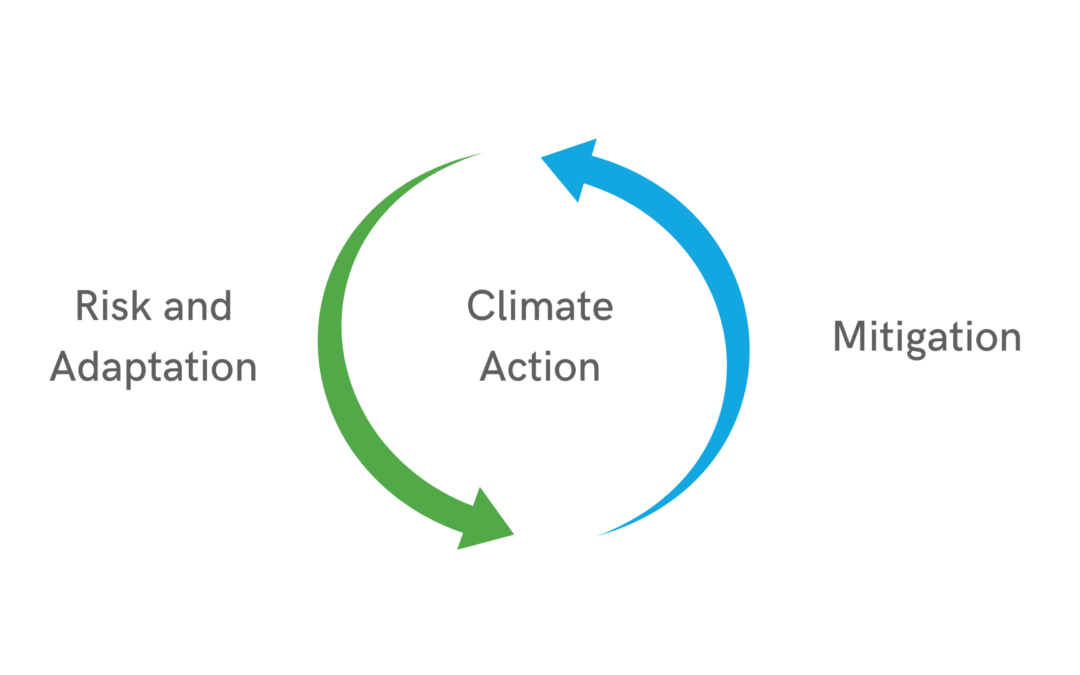
Climate Risk Mitigation: Preparing for the Impacts of El Niño
Climate Risk Mitigation: Preparing for the Impacts of El Niño
The specter of El Niño looms large over East Nusa Tenggara (NTT) and, by extension, over Indonesia’s food security. With the Indonesian Meteorology, Climatology, and Geophysics Agency (BMKG) forecasting the continuation of this climatic event into 2024, concerns are rising about its potential to trigger a global food crisis.
El Niño, characterized by warmer-than-average sea surface temperatures in the Pacific Ocean, disrupts typical weather patterns. This disruption can lead to prolonged dry spells in food-exporting nations, impacting the production of essential crops like soy, a crucial ingredient in animal feed. A shortfall in global animal feed production would inevitably ripple through to countries like Indonesia, affecting food availability and prices.
The BMKG’s head, Dwikorita Karnawati, warns of the broader implications of these climatic changes. The ongoing rise in Earth’s surface temperature, which has been consistently breaking records – with July 2023 noted as the hottest July on record – is a clear indicator of these profound shifts. This warming is contributing to global water hotspots or droughts, posing a significant threat to food security.
By mid-century, the indicators for food security in most parts of the world are expected to turn increasingly dire, with regions marked in shades of orange to black, signaling high vulnerability. Indonesia is predicted to fall into the medium vulnerability category (orange). This is particularly alarming as it implies difficulties in importing food from countries experiencing even more severe droughts.
The BMKG, acknowledging these challenges, is intensifying its efforts in climate adaptation training, enhancing climate literacy, and promoting the transition from fossil to non-fossil energy sources. The agency’s observations suggest a sharp, unpredictable trend in climate change, urging all sectors to consider these changes in their planning and infrastructure designs.
The implications for Indonesia’s long-term development plans are profound. The looming threat of a food crisis calls for a concerted effort in mitigating climate change impacts. This includes adopting sustainable practices, reducing dependency on fossil fuels, and enhancing resilience against climate-induced food shortages.
For Yayasan Bambu Lingkungan Lestari (YBLL), actively involved in the Forestry and Other Land Use (FOLU) Net Sink 2030 project in NTT, these developments are a call to action. YBLL recognizes the need to adapt its strategies in response to these risks. The prolonged dry spells could endanger the young seedlings crucial for the project’s goal of reducing greenhouse gas emissions. As such, YBLL is proactively seeking collaborations with strategic stakeholders to secure water supplies, essential for the survival of these plantings.
As the effects of El Niño and the broader impact of climate change become increasingly evident, Indonesia faces a crucial period of adaptation and mitigation. Organizations like YBLL are at the forefront of this effort, demonstrating the importance of foresight and collaboration in addressing these emerging challenges.
Source:
https://www.cnbcindonesia.com/tech/20231203122404-37-494097/bmkg-ungkap-petaka-besar-ini-bayangi-ri-akibat-krisis-iklim
https://www.cnbcindonesia.com/news/20231230011713-4-501421/siaga-bmkg-ungkap-tanda-tanda-petaka-ancam-indonesia-emas
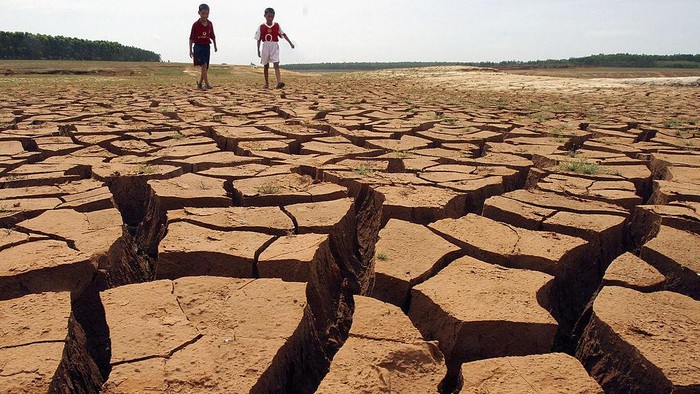
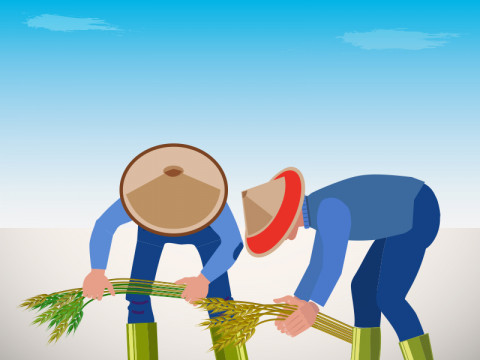
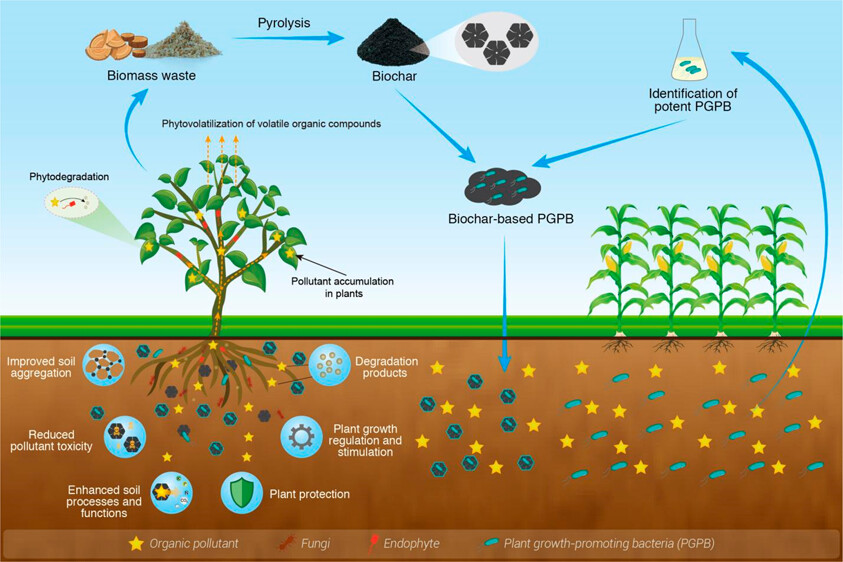
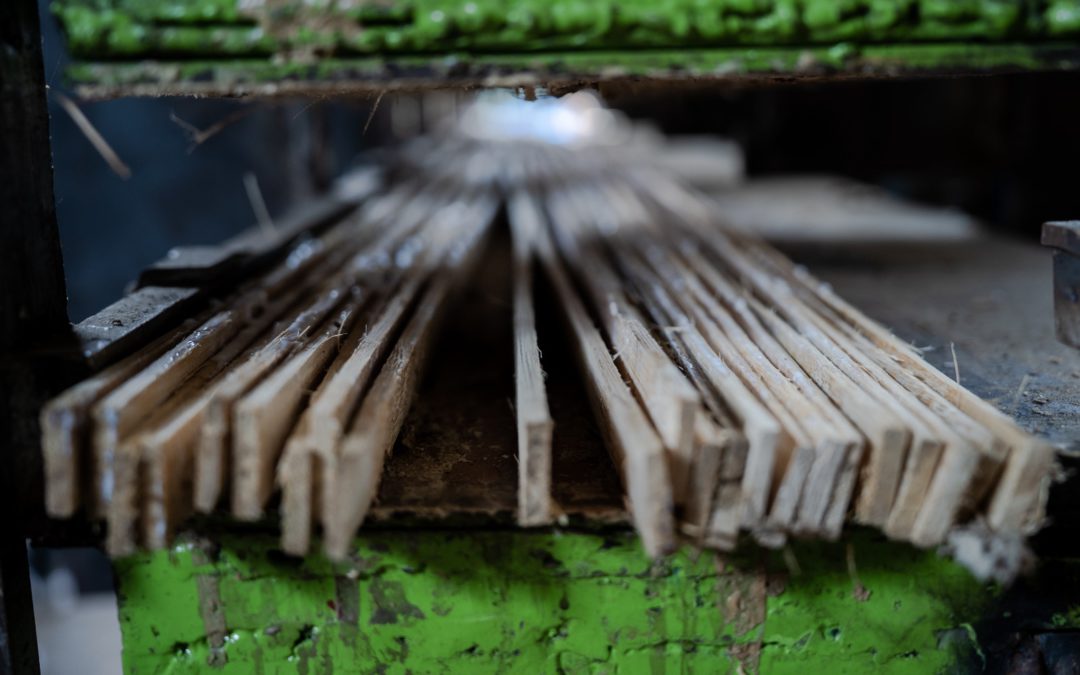
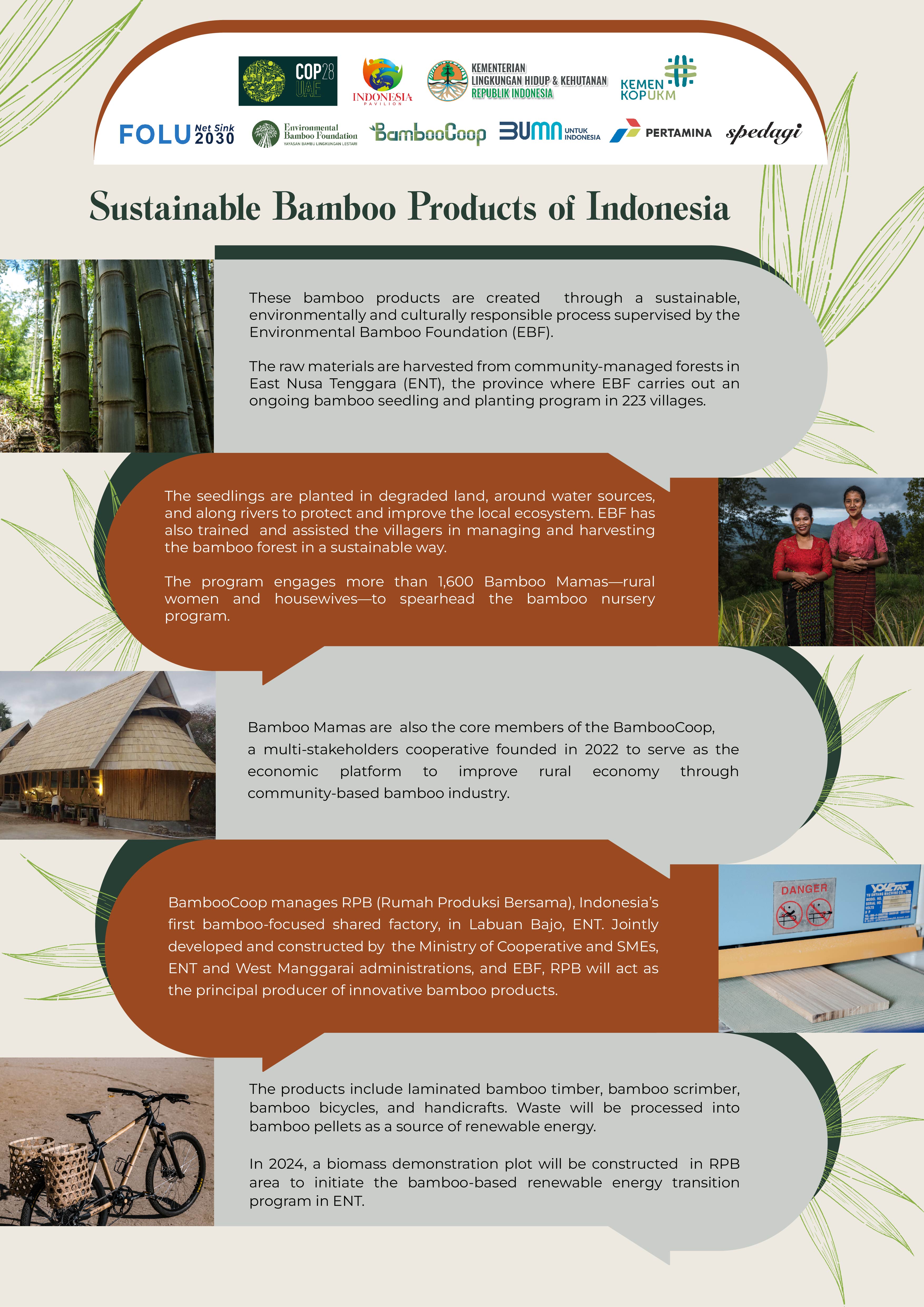
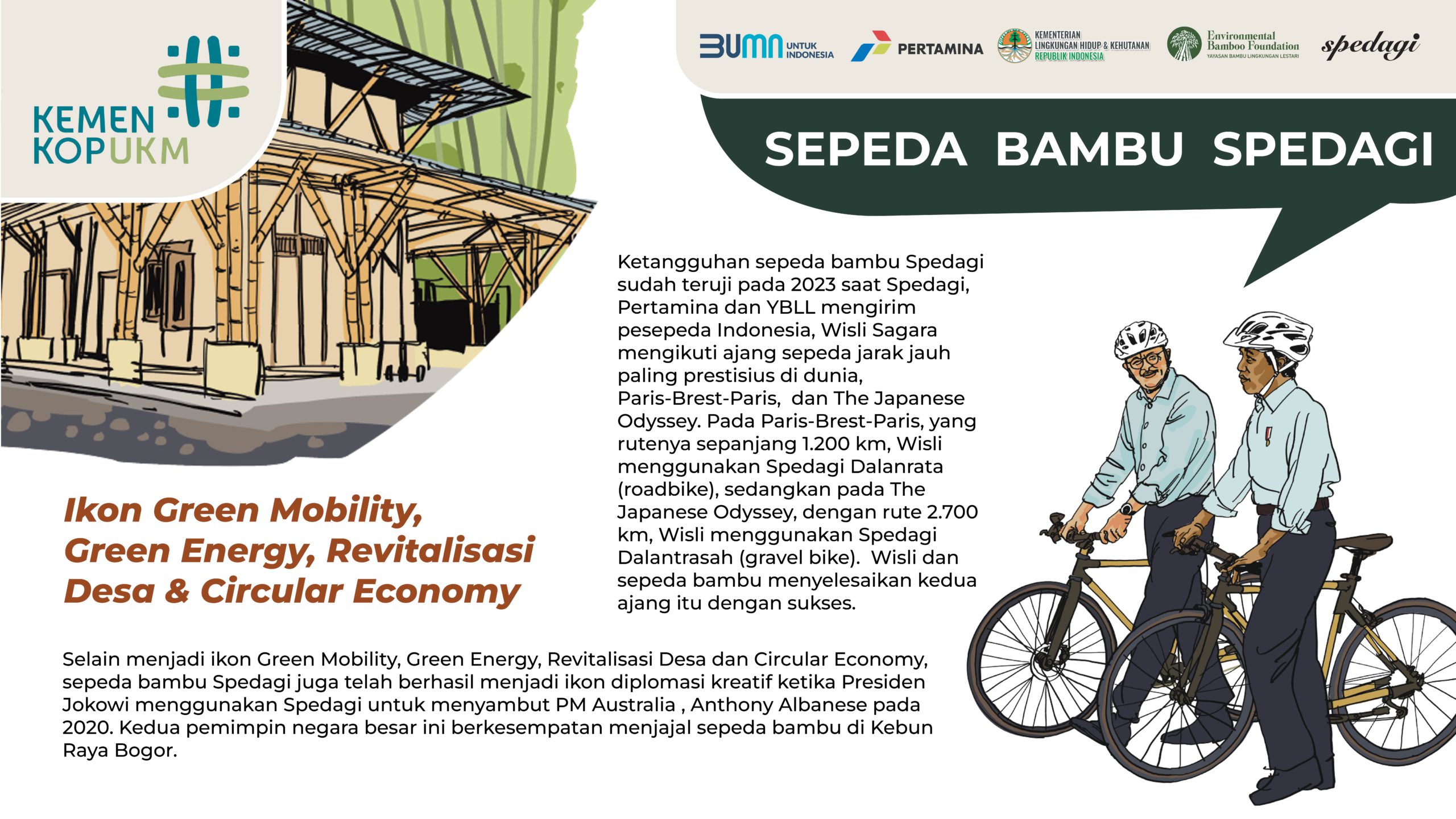
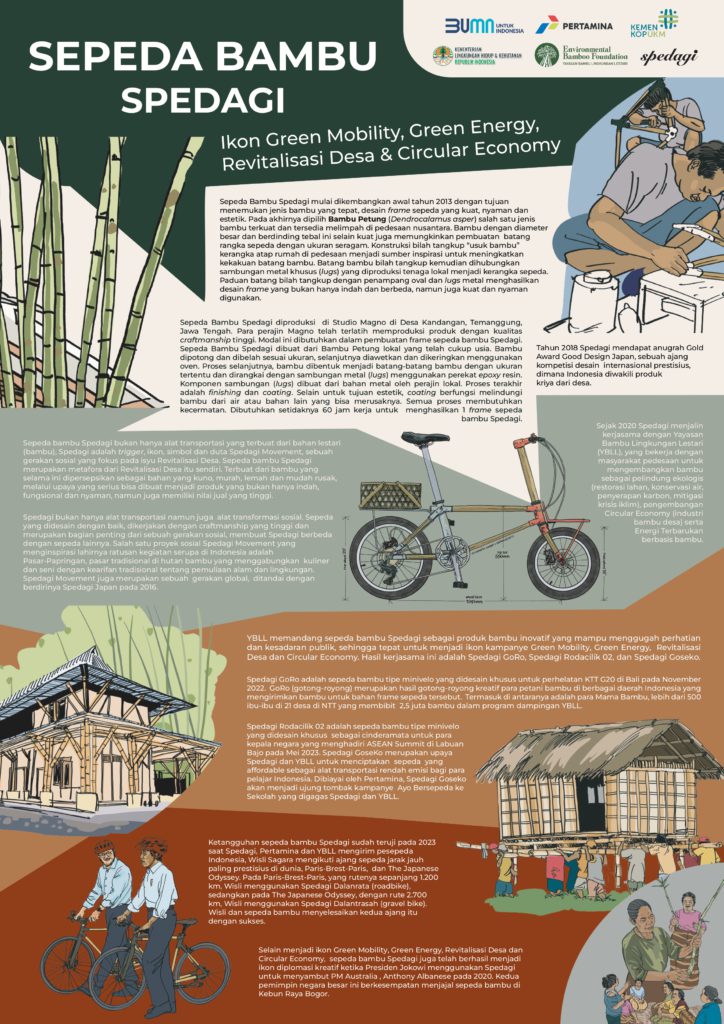
Recent Comments